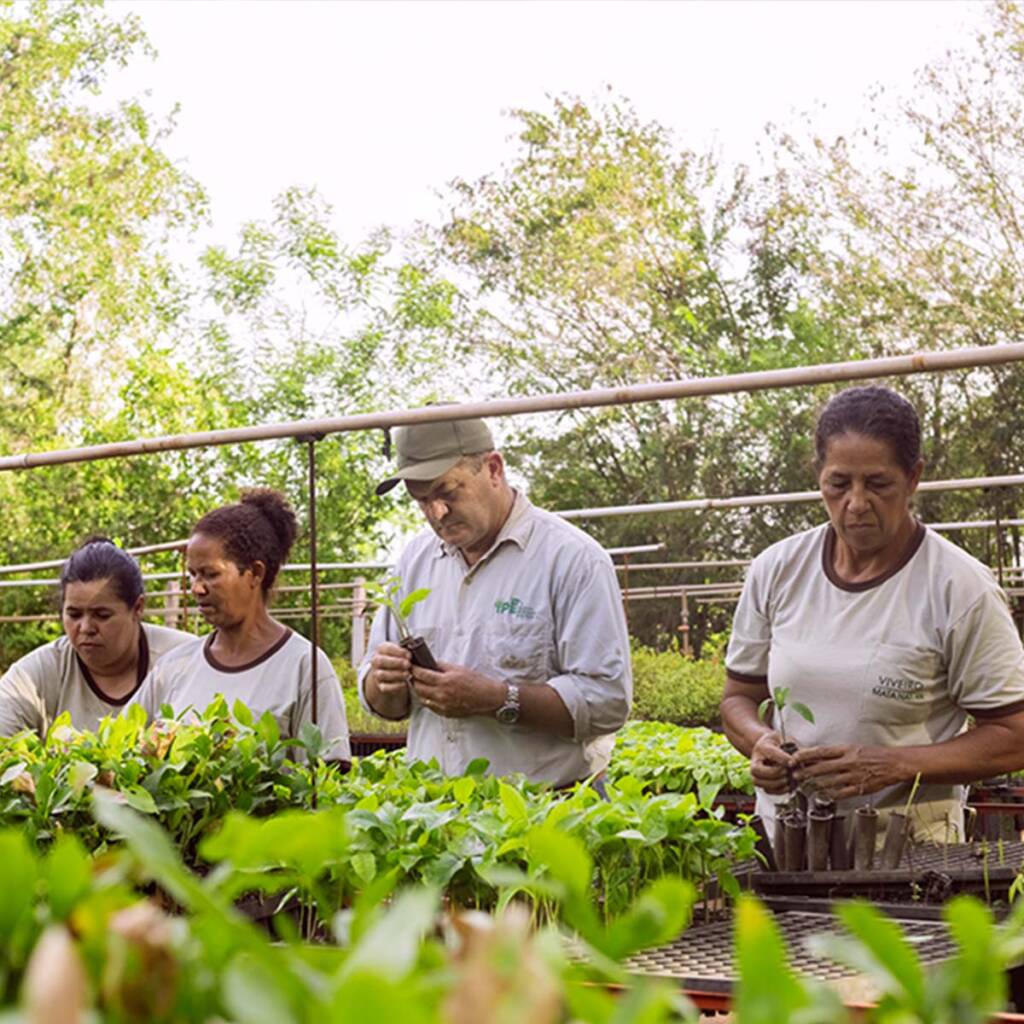
WHY ARE TREES IMPORTANT TO THE ENVIRONMENT?
Trees help clean the air we breathe, filter the water we drink, and provide habitat to over 80% of the world’s terrestrial biodiversity. Forests provide jobs to over 1.6 billion people, absorb harmful carbon from the atmosphere, and are key ingredients in 25% of all medicines. Have you ever taken an Aspirin? It comes from the bark of a tree!
Here are the six pillars that explain why trees are vital:
CLIMATE
Trees help cool the planet by sucking in and storing harmful greenhouse gases like carbon dioxide into their trunks, branches, and leaves — and releasing oxygen back into the atmosphere. In cities, trees can reduce ambient temperatures by up to 8° Celsius. With more than 50% of the world’s population living in cities — a number expected to increase to 66% by the year 2050 — pollution and overheating are becoming a real threat. Fortunately, a mature tree can absorb an average of 22lbs of carbon dioxide per year, making cities a healthier, safer place to live.

AIR
Trees help to clean the air we breathe. Through their leaves and bark, they absorb harmful pollutants and release clean oxygen for us to breathe. In urban environments, trees absorb pollutant gases like nitrogen oxides, ozone, and carbon monoxide, and sweep up particles like dust and smoke. Increasing levels of carbon dioxide caused by deforestation and fossil fuel combustion trap heat in the atmosphere. Healthy, strong trees act as carbon sinks, offset carbonand reducing the effects of climate change.

BIODIVERSITY
Biodiversity in forests supports a variety of species, with each type of forest providing unique habitats based on its age and structure. A single tree can shelter many forms of life, including insects, fungi, moss, mammals, and plants, essential for the survival of forest animals. Young, open forests, formed by fires or logging, attract animals like black bears, American goldfinches, and bluebirds. Middle-aged forests, with a mix of taller and weaker trees, provide ground vegetation for creatures such as salamanders, elk, and tree frogs. Older forests, with large trees and complex canopies, support diverse wildlife, including bats, squirrels, and numerous birds.


HEALTH
Did you know that hospital patients with rooms overlooking trees recover faster than those without the same view? It’s impossible to ignore that feeling of elation you get while walking through a calm, quiet forest. Trees help reduce stress and anxiety, and allow us to reconnect with nature. In addition, shade provided by tree coverage helps protect our skin from the ever-increasing harshness of the sun.

SOCIAL IMPACT
The forestry industry offers diverse careers, from arborists and loggers to researchers studying forest ecosystems. Trees also play a vital role beyond employment. Sustainable tree farming supplies timber for building and firewood for heating and cooking, essential resources in many areas. Additionally, food-producing trees provide fruits, nuts, berries, and leaves that benefit both humans and animals, adding valuable nutrition to diets and supporting local ecosystems. Through these contributions, trees are central to both our economy and ecological health.

WATER
Trees play a key role in capturing rainwater and reducing the risk of natural disasters like floods and landslides. Their intricate root systems act like filters, removing pollutants and slowing down the water’s absorption into the soil. This process prevents harmful waterslide erosion and reduces the risk of over-saturation and flooding. According to the UN Food and Agriculture Association, a mature evergreen tree can intercept more than 15,000 litres of water every year.

HOW’S GOOD EATS PLAYING IT’S PART TO GROW MORE TREES
Good Eats has partnered with OneTreePlanted, committing to allocate a portion of its sales to support reforestation efforts. Through this collaboration, every meal sold by Good Eats contributes to planting new trees, helping to restore forests and balance carbon emissions. This initiative aligns with Good Eats’ goal of achieving net-zero emissions by absorbing CO₂ through the growth of new trees, ultimately offsetting the company’s carbon footprint. By pledging a part of its proceeds to this cause, Good Eats’ aims to make a measurable impact on the environment, one tree at a time.
You can write to us at admin@goodeats.ae to know more about this initiative.
